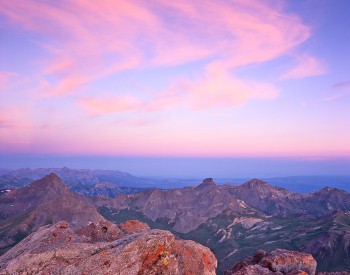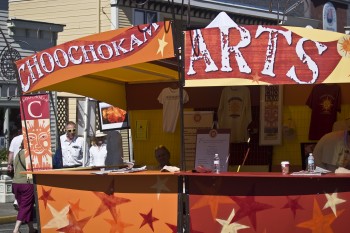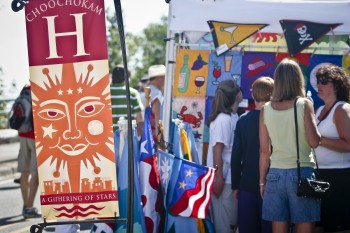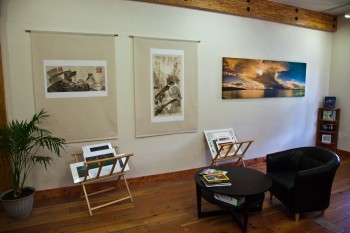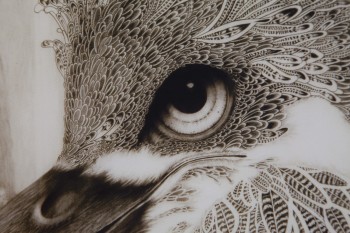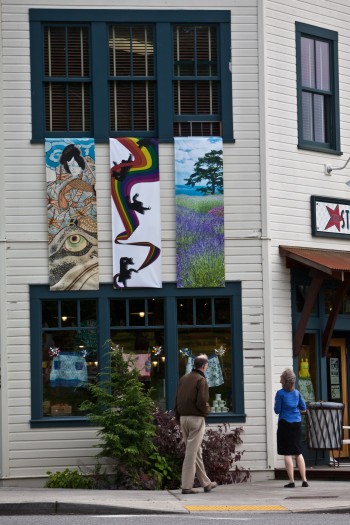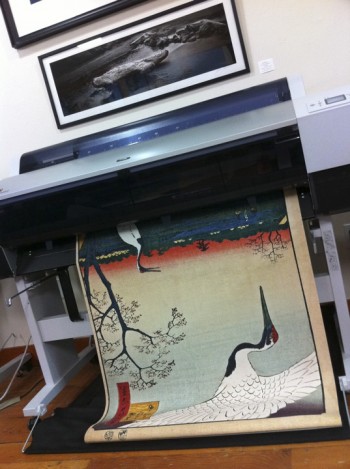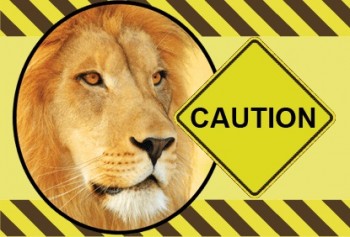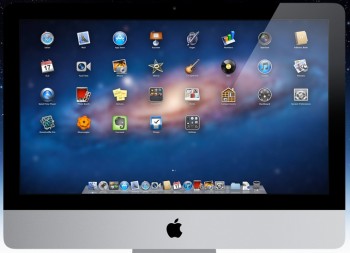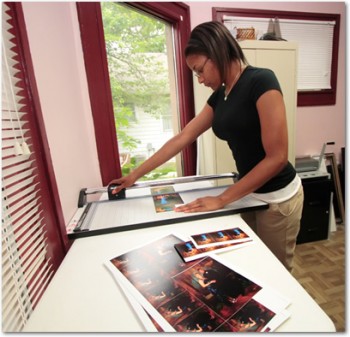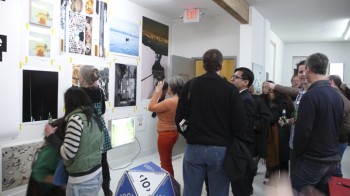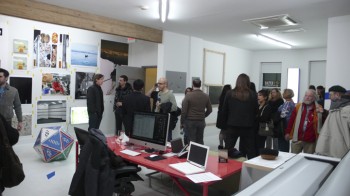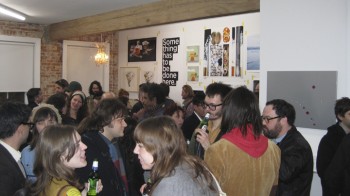The exhilaration and fulfillment one feels when they reach an almost unfathomable goal is often nearly impossible to describe. But Boulder, Colo.-based professional photographer Glenn Randall has gone one step further by capturing this emotion in images, first on film, and now on high-end digital equipment.
Since early 2006 Randall has been capturing stunning shots of the early morning sun peeking up from the mountain peaks of Colorado in a project he calls Sunrise from the Summit. In the past five years he has achieved 39 photo shoots from 26 of Colorado’s 54 famous Fourteeners, those peaks that reach a height of more than 14,000 feet.
Randall’s journey to the peaks really started 30 years ago when he set off to launch his career in journalism. “For quite a while I thought of myself as a writer and photographer and then in 1985 I lost a writing assignment because the editor at the magazine said that basically the writing is fine and we’d be happy to publish it, but the photography stinks,” he recalls.
This harsh critique, however, kicked Randall into gear. “I decided it was either time to sell the camera gear or learn to use it better,” Randall explains. He went with the latter, upgrading all of his equipment and devoting time to studying the craft.
 It was around this time that the avid outdoorsman began shooting many of the outdoors sports he was doing: rock climbing, ice climbing, mountaineering, ski-mountaineering and sea- kayaking. This led him to purchase his first large-format field camera.
It was around this time that the avid outdoorsman began shooting many of the outdoors sports he was doing: rock climbing, ice climbing, mountaineering, ski-mountaineering and sea- kayaking. This led him to purchase his first large-format field camera.
As time went on, Randall began losing interest in extreme sports. “I’d gotten married in 1989 and I could only get ten things done in one day. Rock climbing and ice climbing kind of became the eleventh thing that there just wasn’t time for anymore. My interest in those sports was waning, but my interest in being outdoors in the wilderness was still just as strong as ever,” he says. This led him to a specialization in Colorado wilderness landscape shots.
With a thriving career and a specialization, Randall took his photography to a new level by purchasing his first printer. “I jumped in whole hog. I had never owned an inkjet printer and I bought an Epson Stylus Pro 9600. So I went from nothing to a 44-inch printer.”
Before purchasing his Epson 9600 Randall had been using a local lab for his prints, but when they went bankrupt he explained that, “I either needed to find a new supplier or start making the prints myself. It seemed like inkjet printing had evolved far enough that I went ahead and bought the printer and ImagePrint at the same time, both through LexJet.”
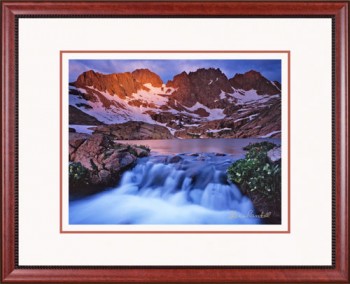
Since then Randall has upgraded to the Epson Stylus Pro 9800 after finding some limitations getting the color range he wanted for his shots with the 9600, particularly when working with vibrant oranges and yellows. “If you’re shooting Colorado in the fall you’re basically working with orangey-yellows. That’s the whole point of the photograph most of the time,” he explains.
Randall says he prefers fibre-based papers for his fine art work, primarily LexJet Sunset Fibre Elite and EPSON Exhibition Fiber Paper. For color plaques and gallery floats, he prefers to smooth surface of LexJet Sunset Photo Semi-Matte.
After using a friend’s printer to see what his photos would look like on the 9800 he was hooked. “The color saturation was virtually identical. And at that point I said, ‘Okay, I’ve got to have this printer,’ and so I upgraded to the 9800 and sold my 9600,” Randall says.
And that’s the printer he’s using today to produce the photos in Sunrise from the Summit, a project he was inspired to start when he noticed that so many photos taken from the summits of Fourteeners were essentially boring. Deciding this was due in large part to the poor lighting of mid-day Randall set a new goal of shooting sunrises from the summits.
It was a lofty task to take on. Photographing from a summit at sunrise meant hiking and climbing up to it in the dark. But the photographs proved well worth the extra effort. “I would like to do all 54. It’s been five years and I’m not quite half way there,” Randall says, but “the goal was never to simply tick them off. Rather, the goal is to come back with outstanding images.”

